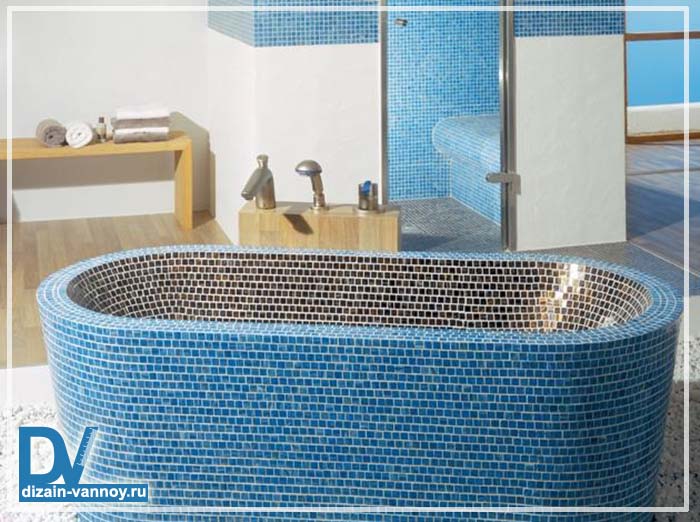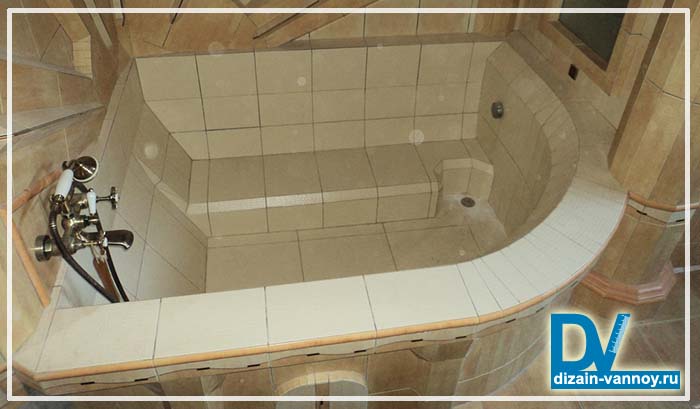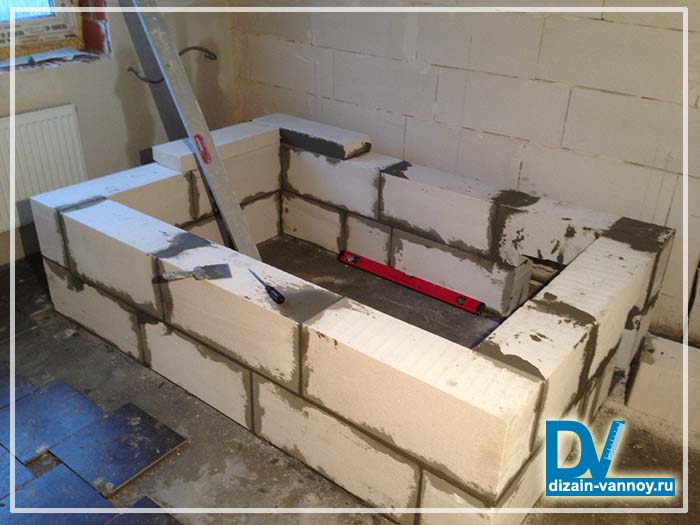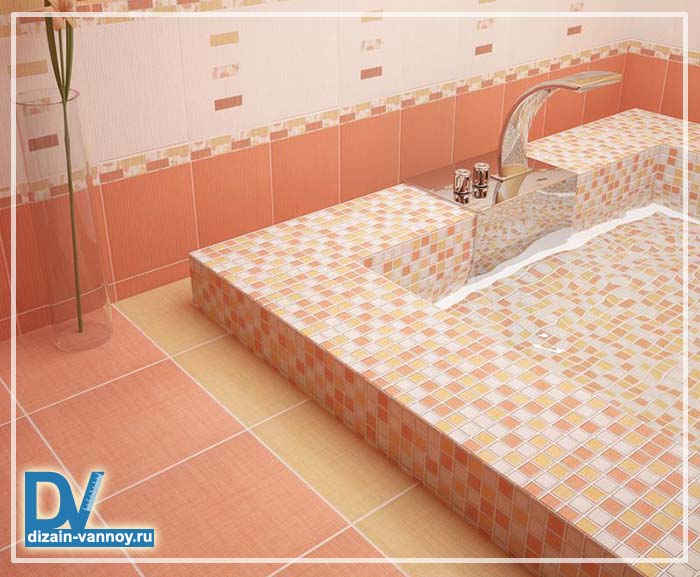Brick bath. Features and nuances of choice
Why do you need to make a brick bath if there is a wide range of ablution containers in hardware stores? This is how a person works: no matter how extensive the choice is, there will always be someone who wants something like that. The owner is a gentleman, therefore, if you want, then it is possible to realize your desire. Theoretically, a do-it-yourself brick bath is a simple project. In practice, the result depends on skills and abilities.
Brick bath - why?
It is not advisable to make a structure from brick, aerated concrete blocks, solid cast, or from other materials in a standard bathroom. For standardized bathrooms, there are many offers of standard size tubs on the market. You just need to decide on the material and shape.
In fact, why would you need to make a brick bath with your own hands, do you live on a desert island? And even then Robinson would have faced the question, not how to make a bathtub out of brick, but how to hollow it out of a single trunk of a tree or stone. An independent brick bath may be required if:
- You own a very spacious bathroom. It is logical to make a more spacious bath - a mini-pool in your own country house, where there are no restrictions on the size of the room and location;
- In a standard bathroom, you want to fit something else besides the bath itself. If you want to turn an ordinary bathroom into a combined bathroom, then it may be difficult to find a ready-made solution. Although, in this case, it might be worth thinking about a shower cabin?
- Bathroom interior design provides for an original shape or finish. The implementation of the designer's ideas may require an original approach to solving the issue of a bath.
All other reasons, for example, economic ones, when choosing this solution do not have sufficiently strong arguments in favor of a self-made design.
Pros and cons

Before deciding to build and reading instructions on how to make a brick bath, consider the positives of this event (the negatives are obvious anyway):
- Original design. The simplest option is a rectangular design device. Laying a bath in this case is no different from building ordinary partitions. Creating really complex shapes will require much more effort and skill than what most people put into the concept of “do-it-yourself brick bath”. It is possible that the idea of a complex and original form is easier to implement by other methods: a monolithic reinforced concrete structure or ordering a plastic form according to an individual sketch;
- The possibility of finishing the surface with tiles. The designer's idea is to design the interior of a bathroom in the style of a Roman bath or a Turkish hammam, which may include finishing the inner surface of the bath with mosaics, natural stone or tiles.
Important! When choosing this method of finishing, you need to consider that the grout for tiles must be special - for pools. The best option is to use epoxy grouts. Epoxy based grouts give a smooth joint surface and zero water absorption.

When arranging a mini-pool at home, do not forget that the care of the surface of a bathtub covered with mosaics is more complicated than for a regular bathtub. Especially if the junction of the walls and the bottom is made at a right angle: dirt accumulates there most easily, and cleaning is not very convenient;
- Ease of use. A brick bath may be deeper than a regular one. This increases its comfort in use. However, do not forget that getting into a deep bath will be more difficult for older people, pregnant women or children. Steps may be required for entry and exit. The rectangular shape and surface finish of the tiles increase the possibility of injury from the corners of the structure;
- Durability. A bathtub made of brick, taking into account all the technical aspects, is a strong and durable structure. But if you want to change it, you can’t do without thorough dismantling work;
- Saving money. The cost-effectiveness of this project is apparent: with a rigorous calculation, it will most likely turn out that the installation of a home-made, or in professional terms, a bathtub of building performance, is not at all cheaper than buying a finished product.
Making a brick bath

If all the parties discussed above did not cause you doubts about the fulfillment of the desire to own a brick bathroom, then it's time to evaluate the complexity of the task for implementing the project with your own hands.
Main stages of construction:
- Plumbing work. It is better to carry out the necessary communications before starting work on the installation of walls. It will be more convenient than later, in cramped conditions. Since it will most likely be impossible to get to the bathtub drain at the end of all work, then for maintenance - cleaning, it is worth installing not the usual bathtub piping, but a drain for shower cabins as a drain, so that it is possible to clean from above;
- Construction erection. We make measurements of the room, draw up a project, calculate the amount of material and lay out a brick bath . In addition to brick, you can use aerated concrete and other types of blocks. We carry out the laying on the usual masonry mortar. When constructing a structure, the wall must be made “in half a brick” or blocks should be used with a thickness of at least 100 mm.

Important! Do not make the wall thinner - “a quarter of a brick”, or use thinner blocks. This partition must withstand water pressure and if you make it thinner, then additional reinforcement will be required, which in the end will still make the partitions thicker;
- Waterproofing. Ensuring reliable waterproofing of the pool is one of the most important tasks in construction.
Tip: The easiest way is to install waterproofing in combination with coating bituminous materials. Just do not use roofing material for this purpose, which is advised in such instructions. Familiarize yourself with the range of rolled waterproofing materials used for foundations and pools before buying.
Waterproofing should be done in two layers, with overlapping seams. Please note that at the final finish, before tiling, it is necessary to create a primer layer on top of the waterproofing layer so that the tile adhesive has good adhesion to the surface covered with waterproofing;
- Finishing. The choice of tiles can be anything, but it is better to use tiles of a small format so as not to cut. Mosaic will be the most suitable.
That's all - a do-it-yourself brick bathroom is ready.






